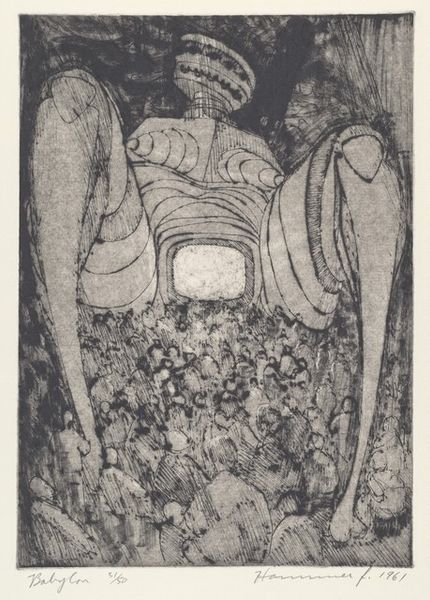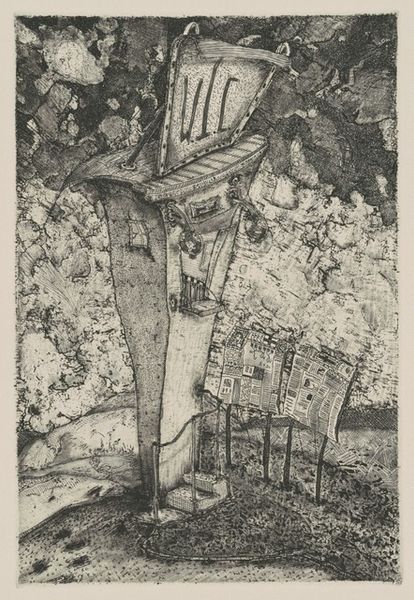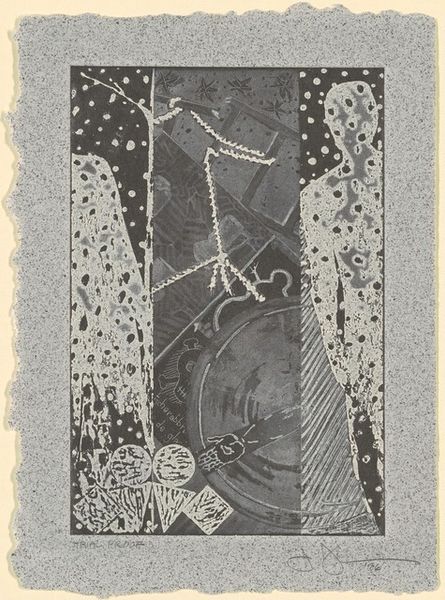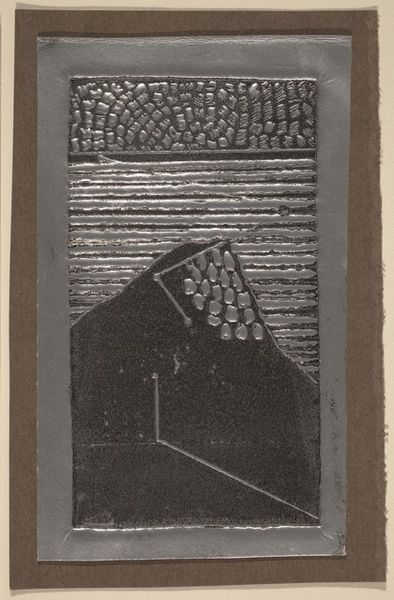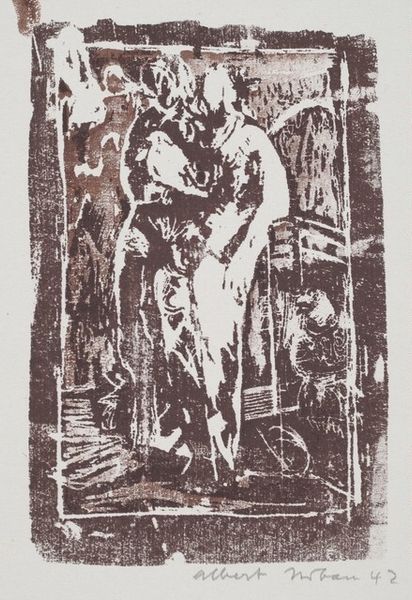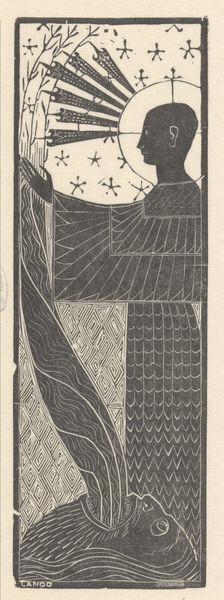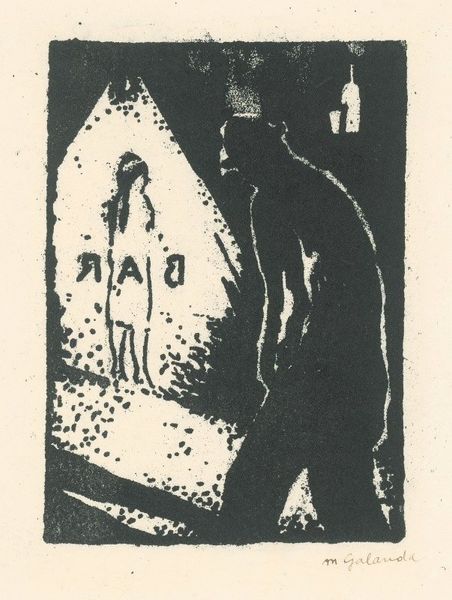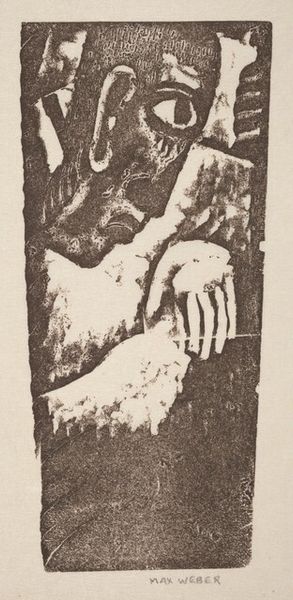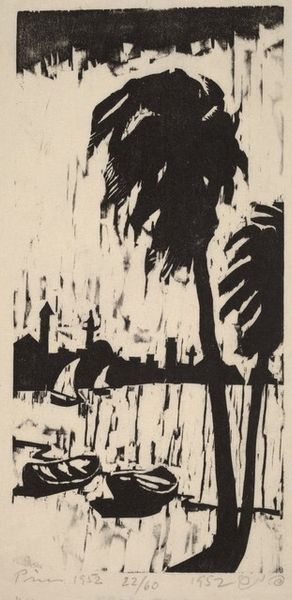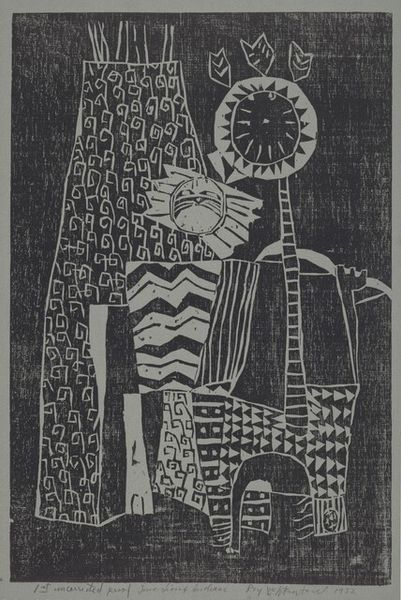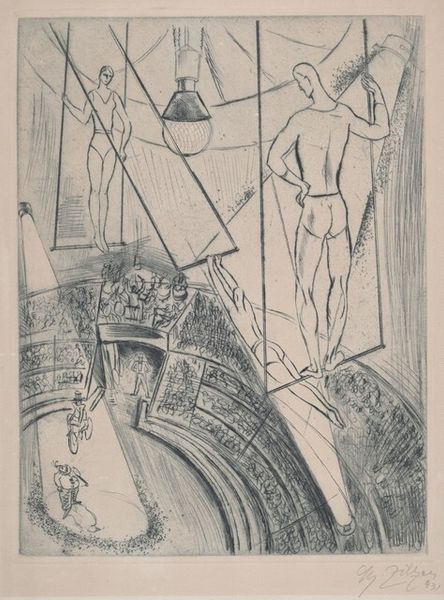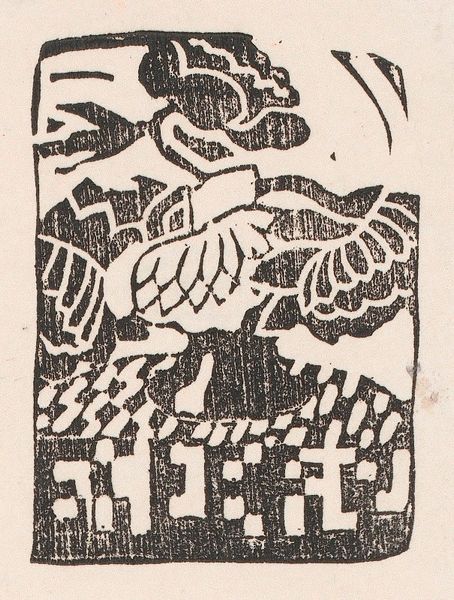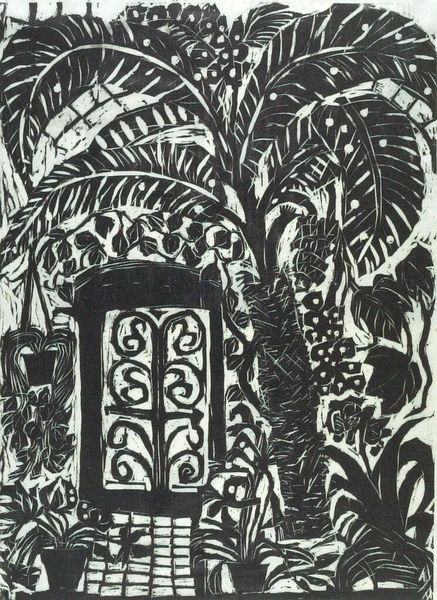
drawing, print, ink, engraving
#
drawing
# print
#
ink
#
abstraction
#
line
#
engraving
#
monochrome
Copyright: National Gallery of Art: CC0 1.0
Walter Miller Askin created "Illusory Temptations" as an etching. The image presents an intriguing interplay of form and texture which could connect to the cultural context of mid-20th century America. The stark contrast and fractured forms create a sense of unease and alienation. The image is evocative of post-war anxieties in a culture increasingly concerned with material wealth and spiritual emptiness. Askin may have been influenced by the Abstract Expressionist movement which emerged in the preceding decades. The style reflected the fragmented and chaotic nature of modern life, and questioned traditional social values. Understanding the context of "Illusory Temptations" requires examining the social and artistic landscape of its time. Scholarly research, archival documents, and biographical information about the artist can reveal valuable insights into the meaning and significance of the artwork. By studying the history of art, we can better understand its role in shaping social norms and values.
Comments
No comments
Be the first to comment and join the conversation on the ultimate creative platform.
